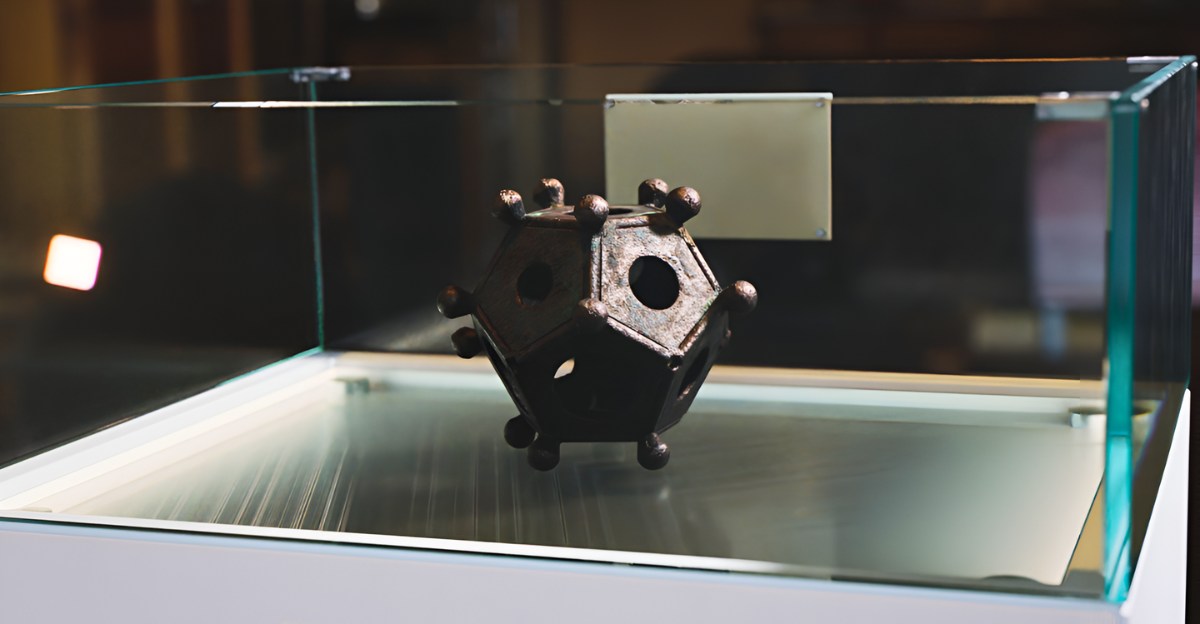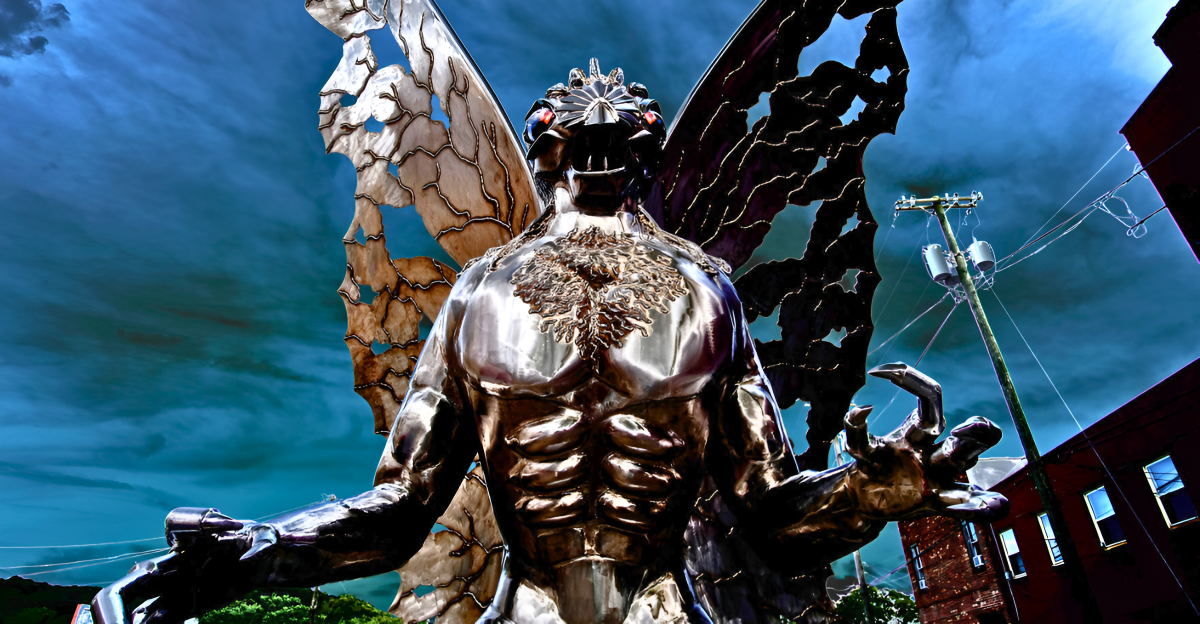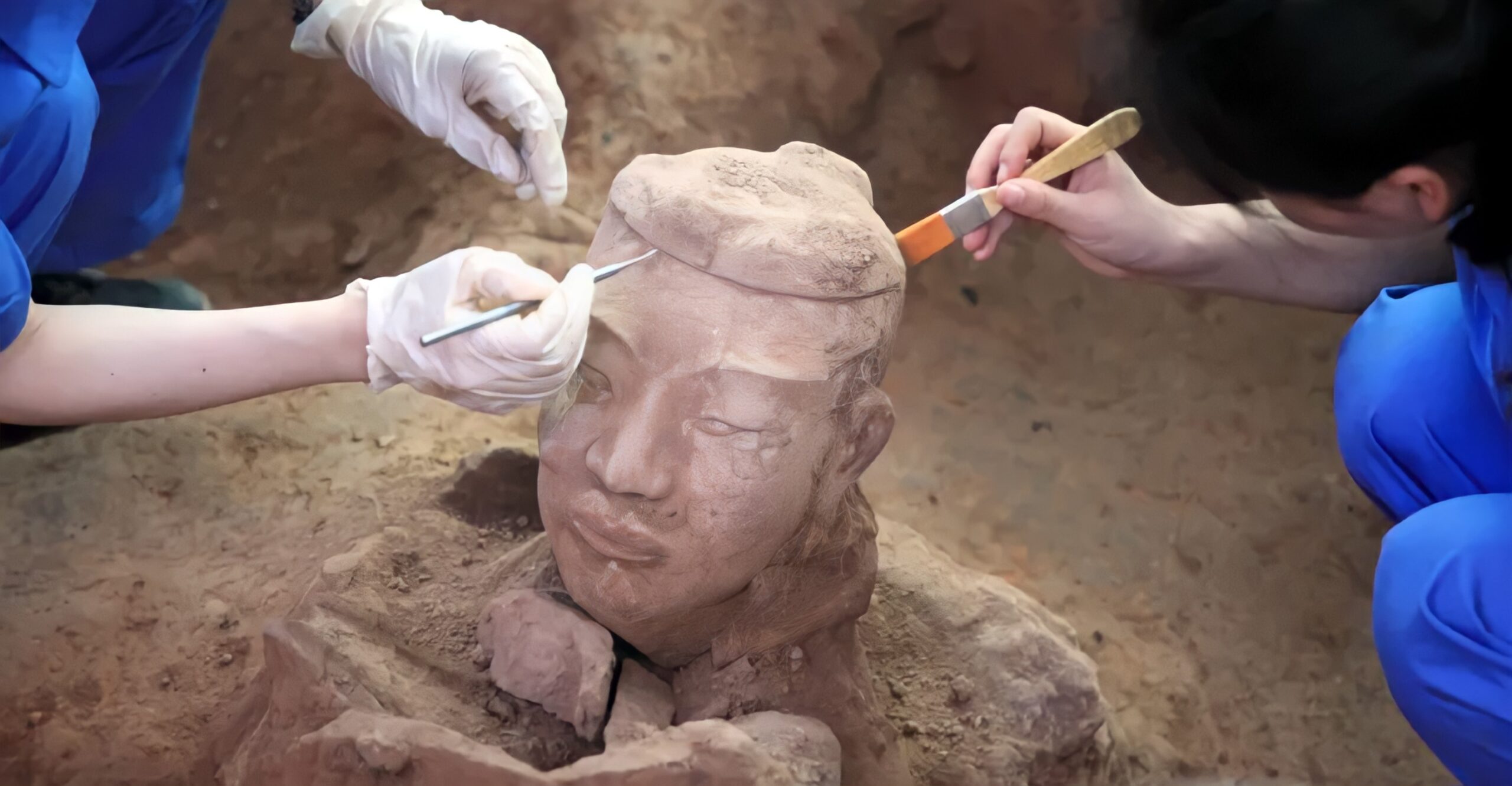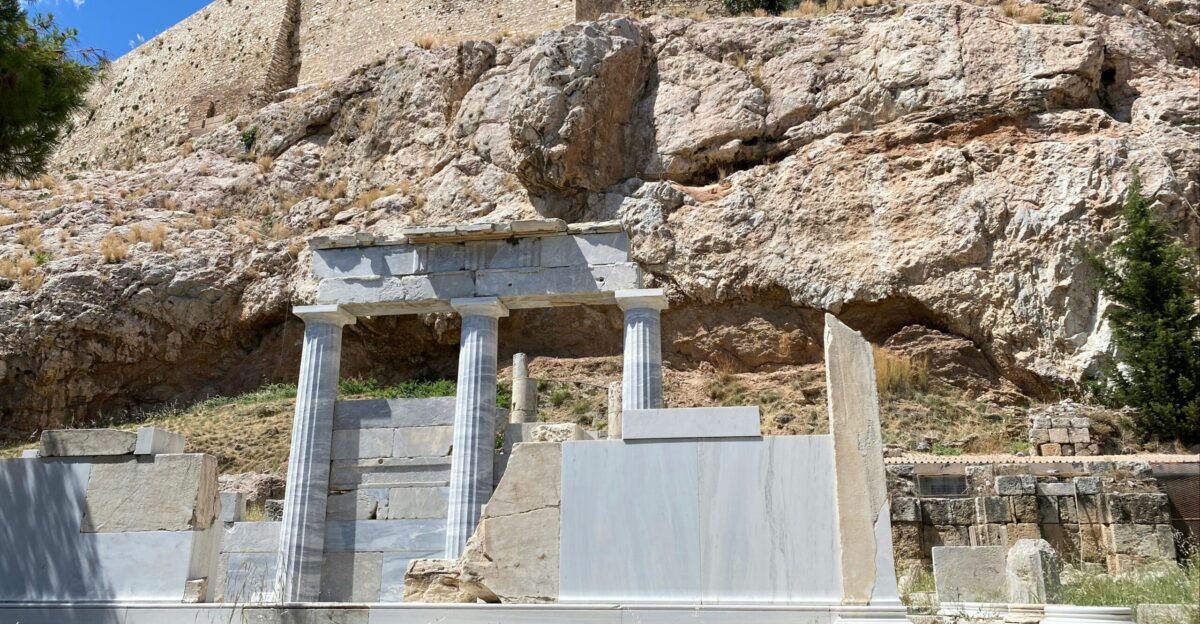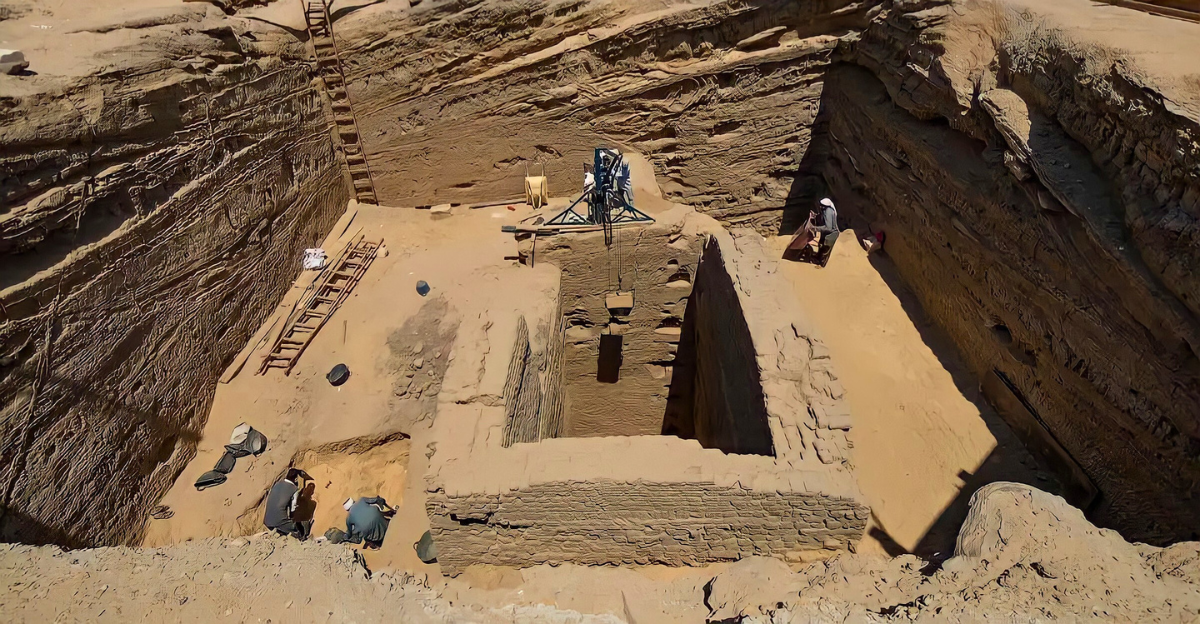
Beneath the limestone cliffs of Al-Ghuraifa, archaeologists have discovered a fully intact Book of the Dead papyrus scroll that is more than 43 feet long and dates back 3,500 years. This scroll, from Egypt’s New Kingdom (circa 1550–1070 BCE), is the first complete scroll ever discovered at the site.
Mostafa Waziri, secretary general of the Egyptian Supreme Council of Antiquities, called it a unique window into ancient afterlife beliefs. Resting beside mummies, amulets, and gilded sarcophagi, the scroll seems almost to have been waiting for its rediscovery.
The Ancient Manual for the Soul’s Journey
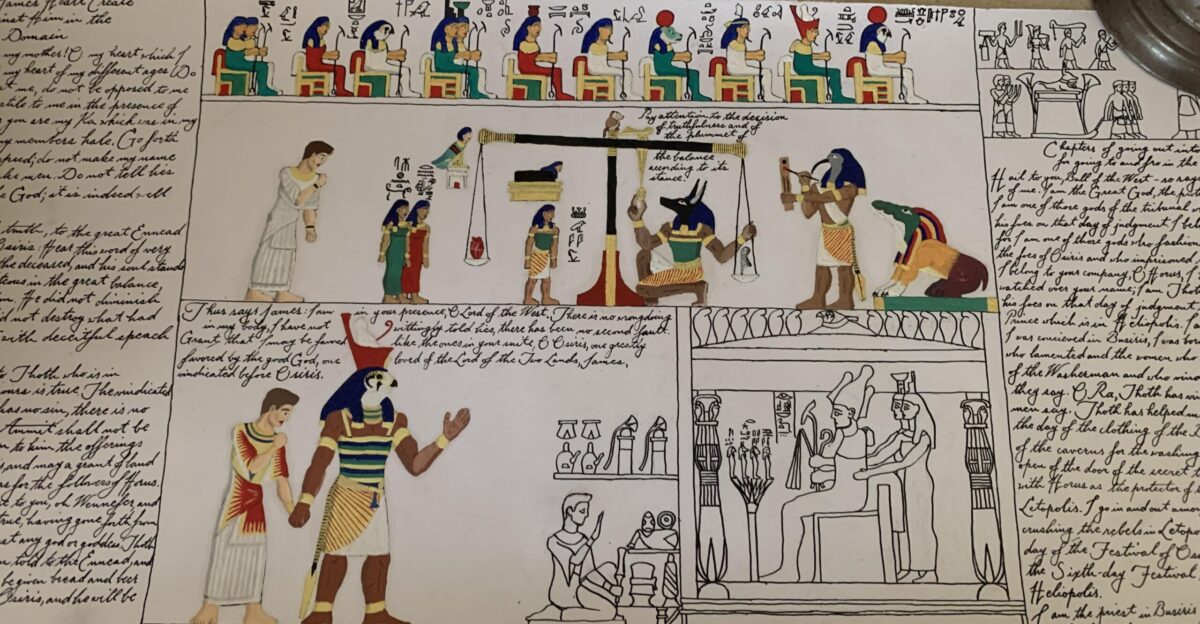
Known to the Egyptians as “The Book of Coming Forth by Day,” the text was a guide for the dead to navigate the perils of the underworld. It blended hymns, spells, and secret knowledge said to secure immortality.
Each copy was customized for its owner, suggesting that this scroll may hold personal touches, perhaps even clues to the identity and life of the person it accompanied to the grave.
How This Fragile Relic Defied Time
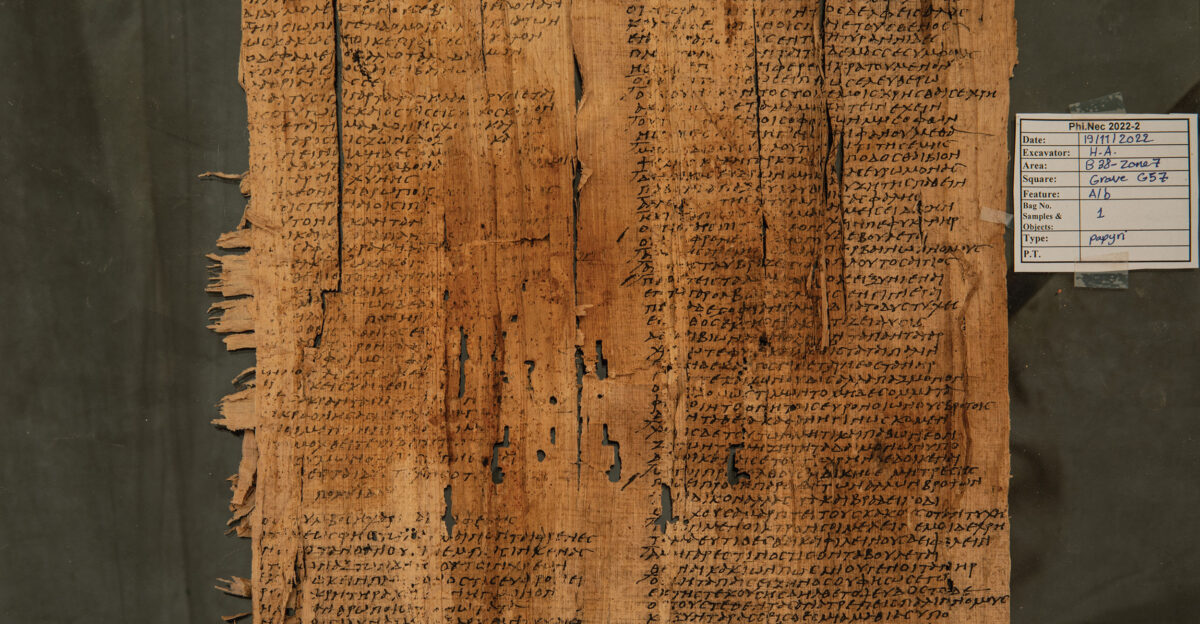
Papyrus rarely survives three millennia intact. Yet this scroll’s ink lines remain crisp, its surface largely unbroken. Egyptologist Horig Sourouzian said the tomb’s sealed, bone-dry environment likely created the perfect conditions for preservation.
What remains a mystery is why such an elaborate burial was made here, far from Egypt’s most famous royal tombs.
A Necropolis Carved in Stone and Silence
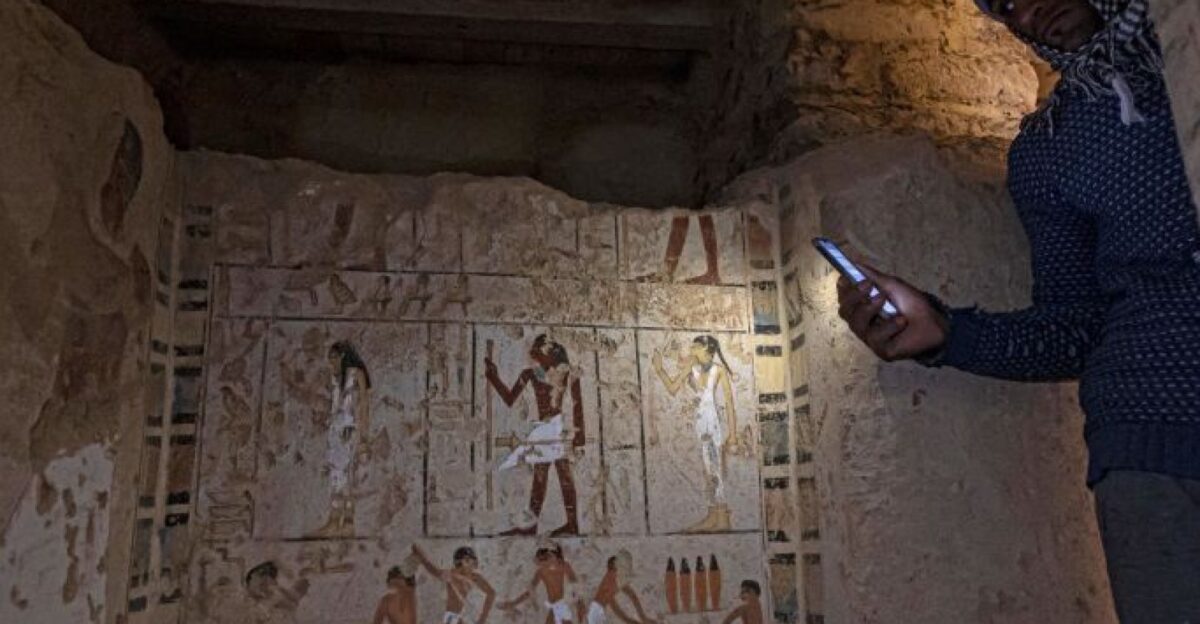
The Al-Ghuraifa cemetery is a rock-cut labyrinth of tombs hidden beneath the desert floor. Hundreds of chambers lie etched into the limestone, many belonging to priests and high officials. Former antiquities minister Khaled El-Enany described it as a place where the walls still seemed to echo with the rituals of the dead.
The scroll was found deep inside one of these chambers, its resting place untouched for millennia.
Objects That Spoke for the Dead
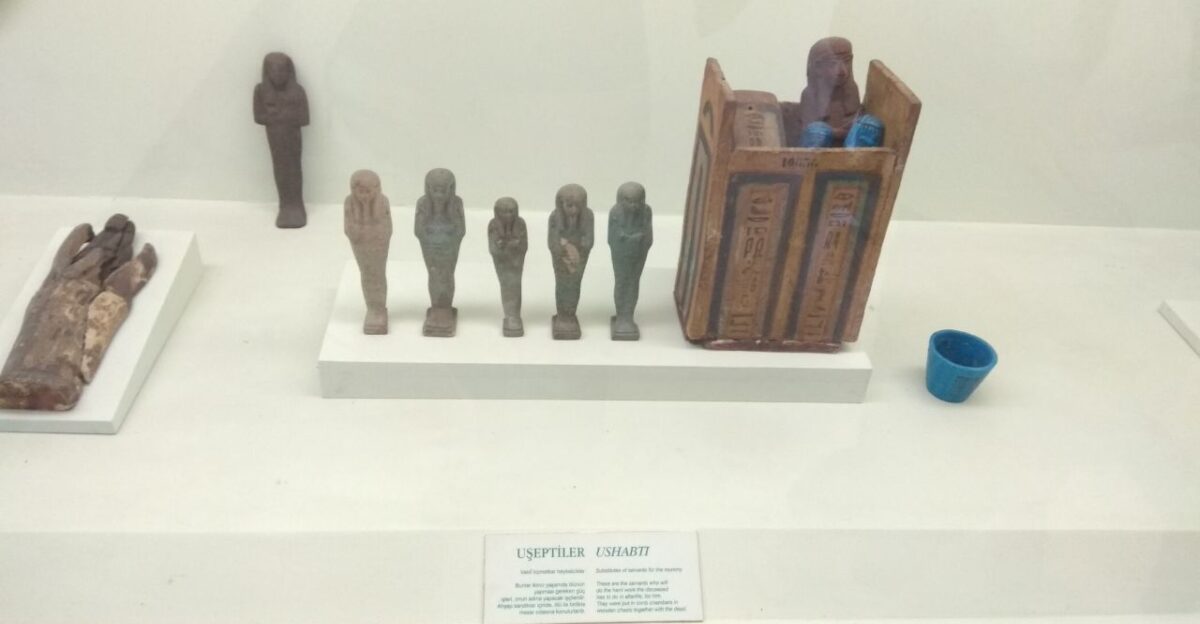
Alongside the papyrus were canopic jars, painted sarcophagi, and rows of shabti figurines – servants for the afterlife, carved with hands folded in eternal service.
Archaeologist Adel Okasha said each object “was chosen to speak for the deceased in the halls of judgment,” hinting at the wealth and spiritual status of the tomb’s occupant.
A Personal Spellbook for Eternity
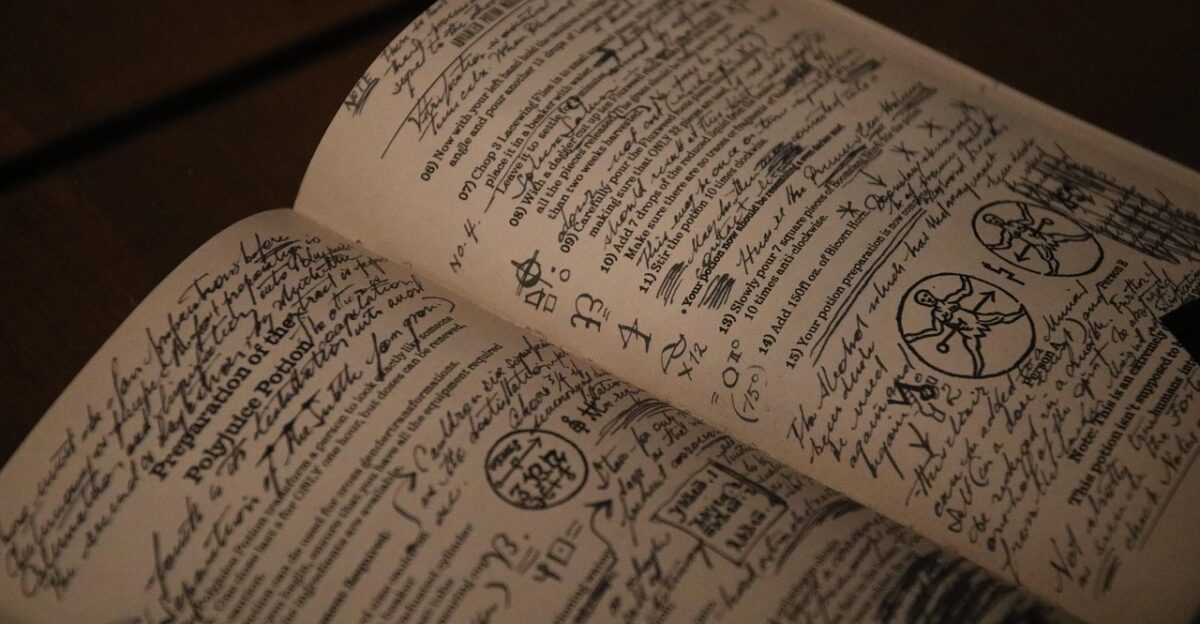
The scroll’s translation is still in its early stages, but Waziri confirmed it contains known passages from the Book of the Dead, possibly arranged in an unusual order.
Scholars suspect regional variations or rare invocations could be hidden among the familiar spells – phrases meant to open gates, appease gods, or shield against unseen dangers.
Unlocking Secrets With Modern Tools

Using ultraviolet light and cutting-edge digital scanning, conservation expert Ahmed Farouk’s team is set to expose faded lines long hidden from human sight. These hidden traces – perhaps secret illustrations or cryptic marginal notes – could radically reshape our understanding of New Kingdom funeral rites.
These secrets lie entombed within the papyrus’s tightly wound fibers, waiting patiently to be brought back to life.
A Global Team Assembles to Decode the Find

Specialists from Germany’s Roemer and Pelizaeus Museum have joined the investigation, tracing connections between this scroll and others scattered in collections across the globe. Museum director Christian E. Loeben called it “a once-in-a-generation discovery” with the power to overturn long-held ideas about the soul’s passage through the afterlife.
Every symbol may be a clue, each capable of redrawing the map of ancient Egyptian belief.
An Unequalled Find in the Region
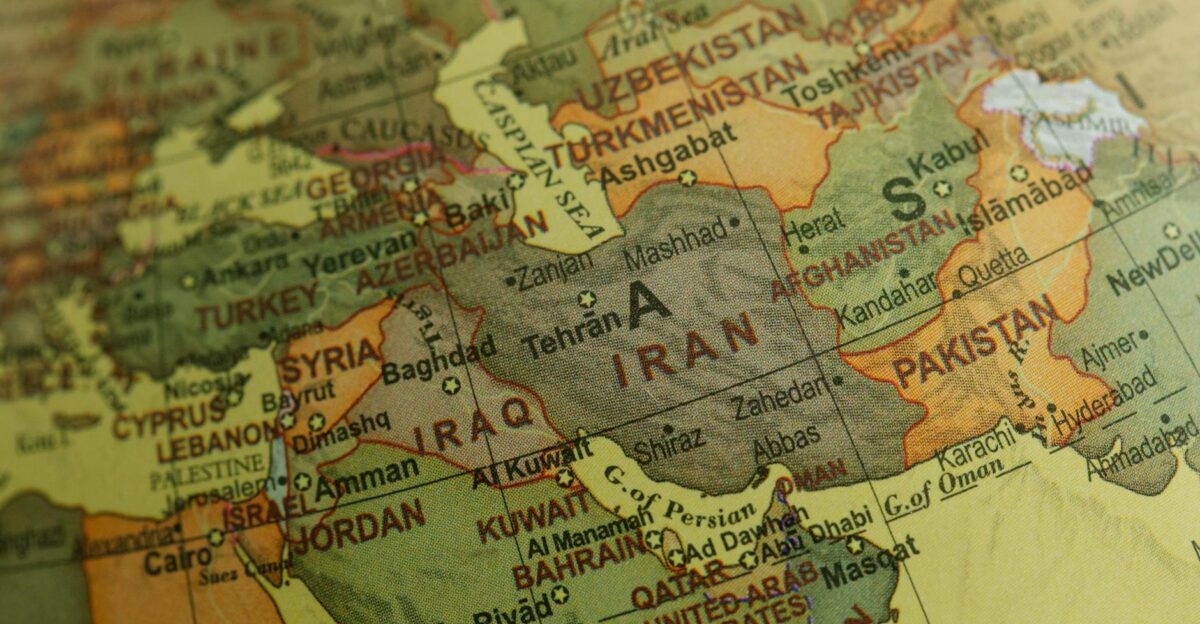
While Al-Ghuraifa has revealed treasures before, none rival the scale or completeness of this scroll. Past papyri were brittle fragments at best – this one arrived nearly intact, like a clear voice from the past speaking in its original tone.
Its rarity has cast a global spotlight on an otherwise overlooked necropolis, hinting that more secrets may still lie buried there.
Egypt Reveals the Discovery With Precision

The Ministry of Tourism and Antiquities unveiled the discovery in a carefully orchestrated announcement, releasing select photographs alongside measured statements. The presentation appeared designed to heighten anticipation while safeguarding scholarly work still in progress.
Officials hinted that as translation advances, the scroll could reveal imagery or passages never before recorded, details they suggest may be too significant to disclose prematurely
No Two Scrolls Tell the Same Story
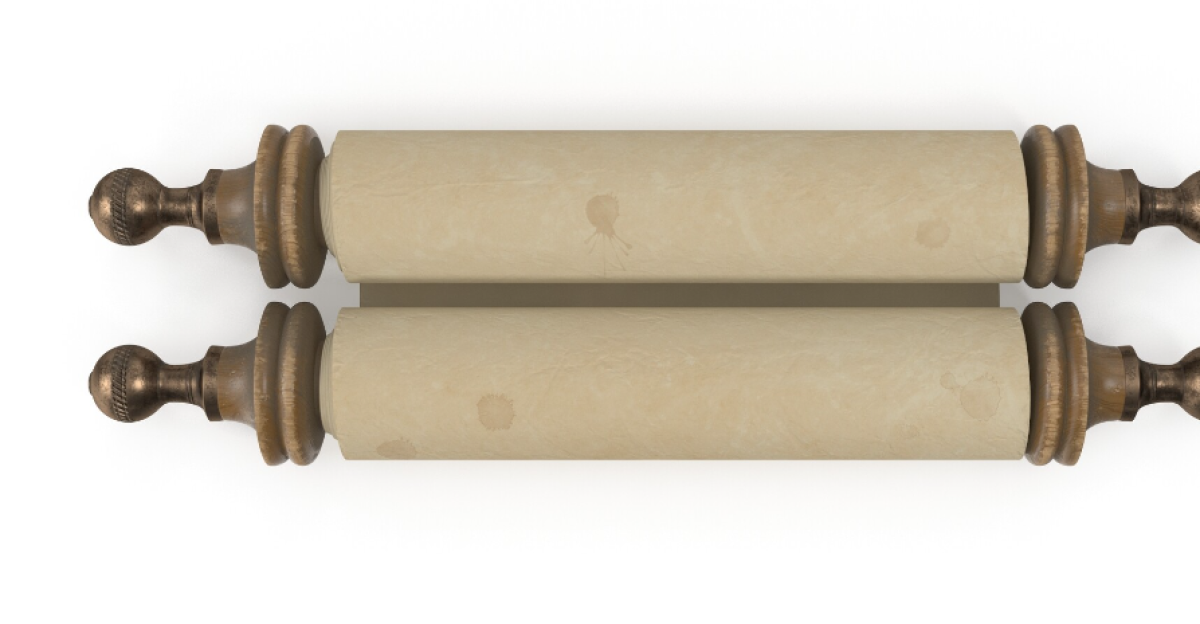
Egyptologists emphasize that no two Books of the Dead are identical; each was tailored to reflect the owner’s personal devotion, regional customs, and spiritual priorities. Christian E. Loeben noted that even subtle variations “can shift our understanding of religion in the New Kingdom.”
Its untouched state makes it a rare, almost unedited voice from the ancient world.
Bringing the Scroll Into the Digital Age

Plans are in motion to digitize the papyrus in ultra-high resolution, creating a permanent record that can be studied without exposing the fragile original to light or handling. Once online, researchers will be able to compare every mark and symbol with other scrolls scattered across museums and private collections.
Such side-by-side analysis could uncover hidden links – shared spells, unusual symbols, or artistic flourishes – connecting tombs separated by centuries, hinting at networks of belief that stretched further than previously imagined.
Preservation for the Next Thousand Years
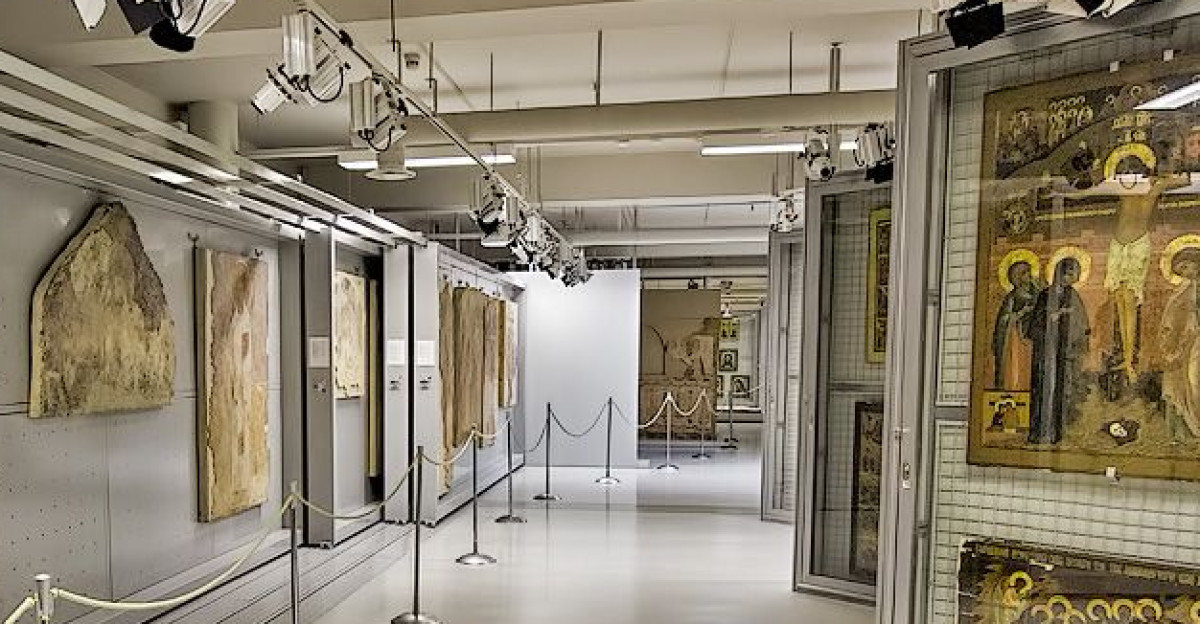
Housed in climate-controlled vaults, the papyrus will be shielded from humidity, pests, and the damaging effects of light – factors that threaten its delicate fibers. Conservation expert Ahmed Farouk warned that “even the slightest shift in temperature or moisture could irreversibly alter the scroll’s surface.”
When eventually displayed, it will rest behind specially designed protective casings, allowing visitors to glimpse this ancient marvel while ensuring it remains untouched by the passage of time.
Whispers of Lost Spells
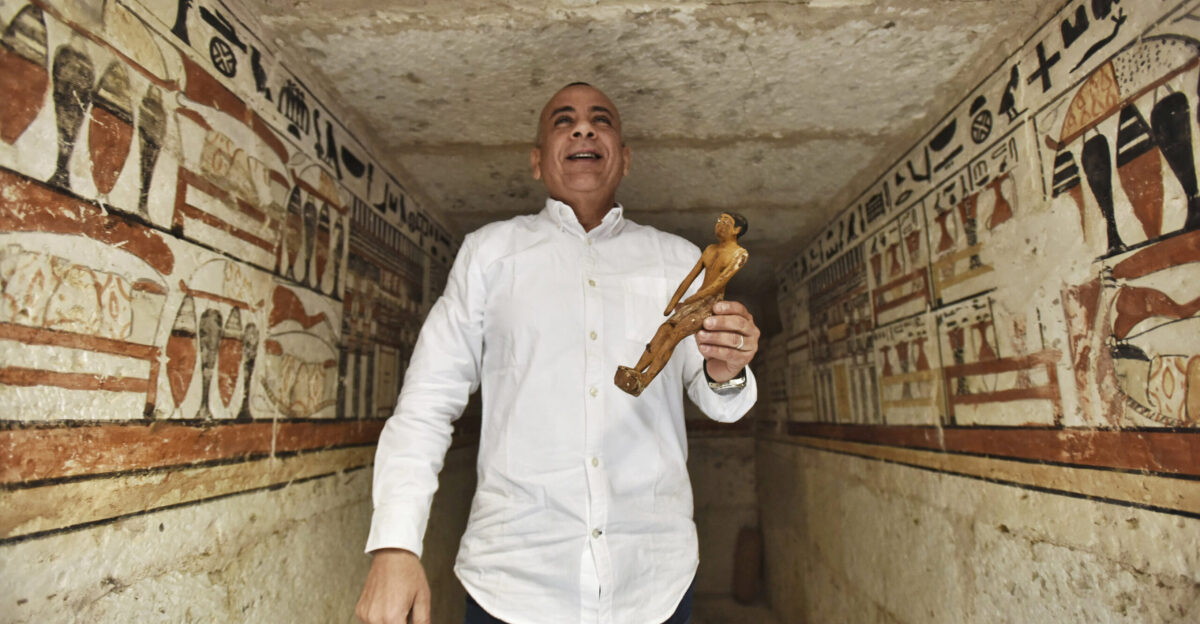
Some researchers believe the scroll may harbor rare or previously unknown spells, fragments of forgotten deities, or protective rites lost to history. If uncovered, these secrets could rewrite what we know about ancient Egyptian spirituality.
For now, the papyrus remains a silent guardian, its inked symbols tightly sealed within a language that has lain dormant for millennia, waiting to reveal its mysteries.
A Doorway Into Egypt’s Hidden Past
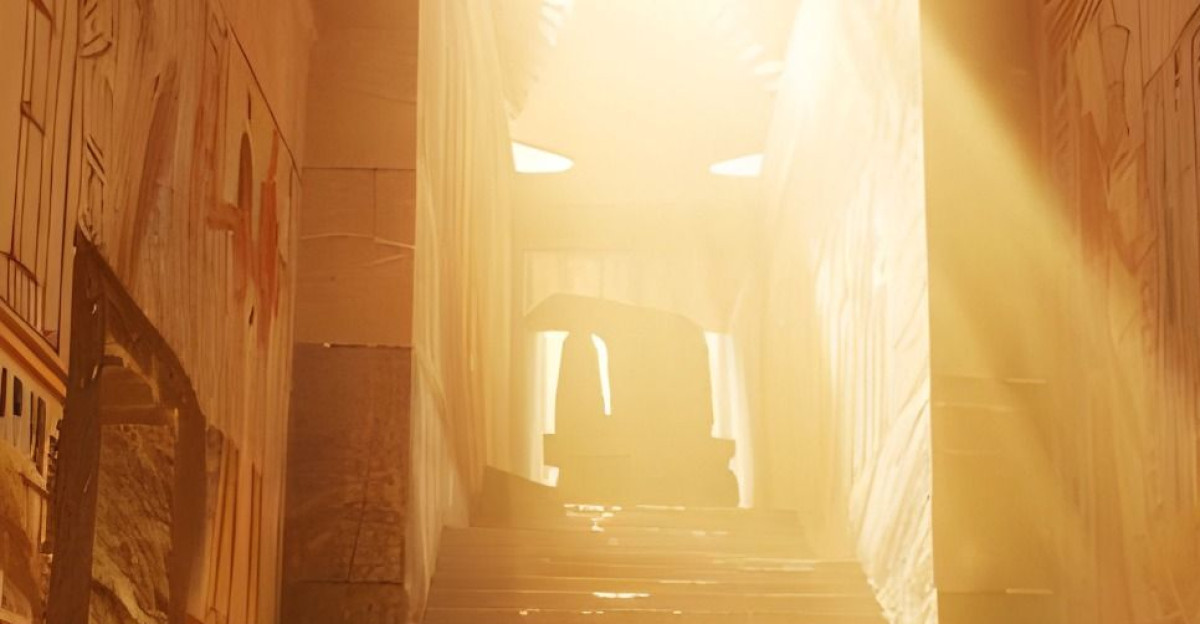
This rare Book of the Dead scroll is more than a remarkable archaeological find; it is a direct link to a world where life and death intertwined in profound mystery. As experts begin to unlock its faded ink and decode its ancient spells, the scroll promises to deepen our understanding of a civilization obsessed with eternity.
For now, it guards its secrets closely, inviting scholars and the public alike to imagine the hidden stories waiting beneath its delicate surface.

